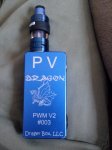Please stay the hell out of this thread if all you want to do is argue and spread misinformation. I created this thread about PWM and not about batteries or anything else. This is thread made to help people understand PWM, not a place for you to measure your dick in public. This thread was made to help people and spread information, not for you to get your shits and giggles in on a Friday night. To the MANY of you on this forum who have a clear and stated issue with me, either take it to my PM's or just don't say it. Small minds don't get very far. I don't care if you don't like me, this isn't a social call thread, I don't want it ending up shoved in the Mud Pit because you wanted to turn into a keyboard Spartan or talk about shit that isn't PWM related on this occasion.
I'm not going to make this TOO long, as I want you to read it, but make no mistake here. I am here for your hearts and minds. PWM vaping is a beautiful thing once you get into it, and here is why.
PWM stands for pulse width modulation, I'm sure most of you know that. Do you know what PWM is? Truly? If you don't, do not feel bad or stupid as it's not common knowledge. The way a typical PWM circuit works in vaping applications is through a duty cycle timer. Say you have two 18650's in series. Fully charged. That's 8.4V before voltage drop and battery sag. Allow me to be generous and say after voltage drop and battery sag, on a full charge this mod has 8V left in the cells.
So you have 8V of raw input when all is said and done. What does this mean from here? Well, on a PWM mod you're going to have some way of adjusting the power, typically via a voltage division dial called a potentiometer. These little wheels work by first, resisting current, but they have a dial that allows you to change how much they resist it. 100% power means no resistance is taking place, 0% means it's resisting as much as it can. Though in vaping applications it tends to be a bit different still. We in vaping mostly use them to dial through a timer range, a part of that duty cycle I mentioned earlier.
Back to your 8V of power, I didn't forget, don't you worry. In a duty cycle, that 8V will be applied all the time. It doesn't matter where the dial on the potentiometer falls, you're getting full voltage ALL the time. So how can this be, it certainly doesn't feel or vape like full voltage on lower power settings, does it? No, this is because you're controlling the time that voltage is applied. At 10% on the potentiometer dial, that would mean through whatever the set cycle time period is (which is much less than a single second, mind you, but it varies), that 8V of power is only being applied 10% of the time which would leave a 90% gap of no power.
What this creates is a power source that is being switched on and off VERY quickly, this is why a lot of PWM mods have an audible buzz when you're using them. This is great for a lot of reasons, as you can keep your overall vape experience down to a lower power range, but you can still taste that fast ramp up perk that comes along with vaping at higher voltages. This is also why PWM mods typically vape 'harder' at similar voltage settings to their DC counterparts. This is because the volt meter on a PWM mod is giving you the most accurate estimate of the DC equivalent of what your duty cycle is vaping like.
PWM mods now are rare, or shit. Back in early regulated vaping, PWM was everywhere. Provari was the PWM king, using a type of PWM known as RMS (Root Mean Square) which results in a pulse so fast that on a scope it reads like a flat line, like DC would. Some PWM boards still use this today, like the Voltrove NLPWM. Though you don't see PWM, not true PWM anyway, as much as you did back then. Which I find saddening, as the new intelligent / smart PWM regulators available to modders have all sorts of features like locking, on/off, favorites, diagnostics and more. Making them very similar to the regulated retail mods most vapers use. RMS PWM also can allow you to literally adjust all the way down to 0V, up to maximum battery voltage. Abandoning the duty cycle completely to give a more DC-esque experience.
This is where I'm getting to my point. Sure, DC is nice, DC has a lot of advantages, but I feel PWM is the best thing we can use for vaping. For more accurate uses, RMS can nearly mimic DC. On top of this, with inputs ranging from 2S (8.4V) to 6S (25.2V), PWM regulators offer ranges of power that can satisfy ANY vaper, rather it be a tootle puffer or a madman who vapes 2,500W builds. The new PWM regulators easily available to modders make PWM mods easier than ever to make, and I as a modder even specialize in them.
Sure, PWM boards can't offer temperature control or custom screens like a DNA or SX could, yet anyway. Though I found those things very gimmicky and left unused in the grand scheme of things, I find that the most important aspect is, the quality of the vape. This is why I feel how I do, because with PWM regulation you can get a quality of vape that can be fine tuned to suit ANY vaper, and with regulators that switch at 25Khz, you can't even hear the annoying buzz anymore.
I implore you to give PWM a real chance sometime if you never have, as it's a truly amazing way to vape that allows you to find that EXACT sweet spot that is essentially your vaping nirvana.
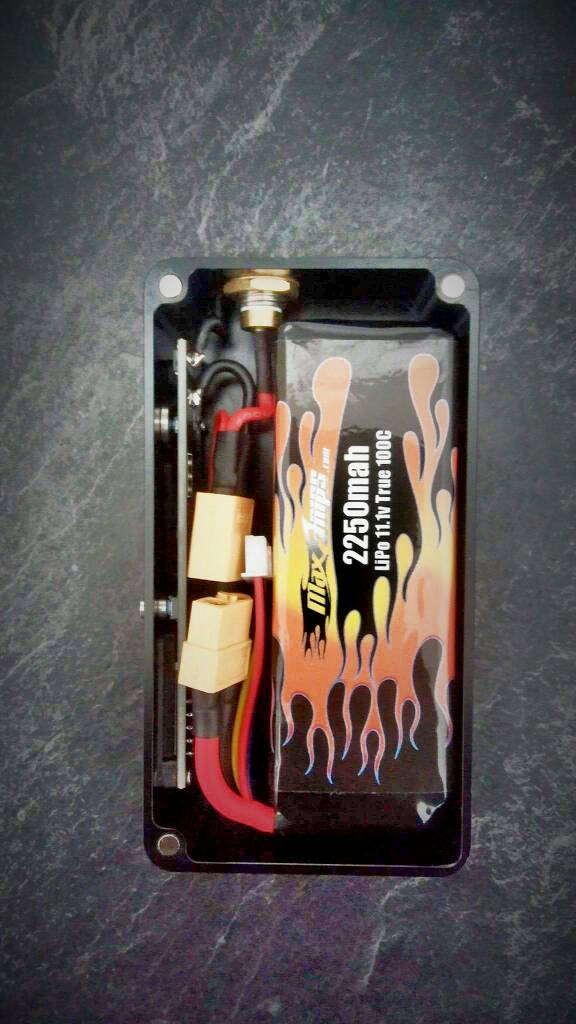
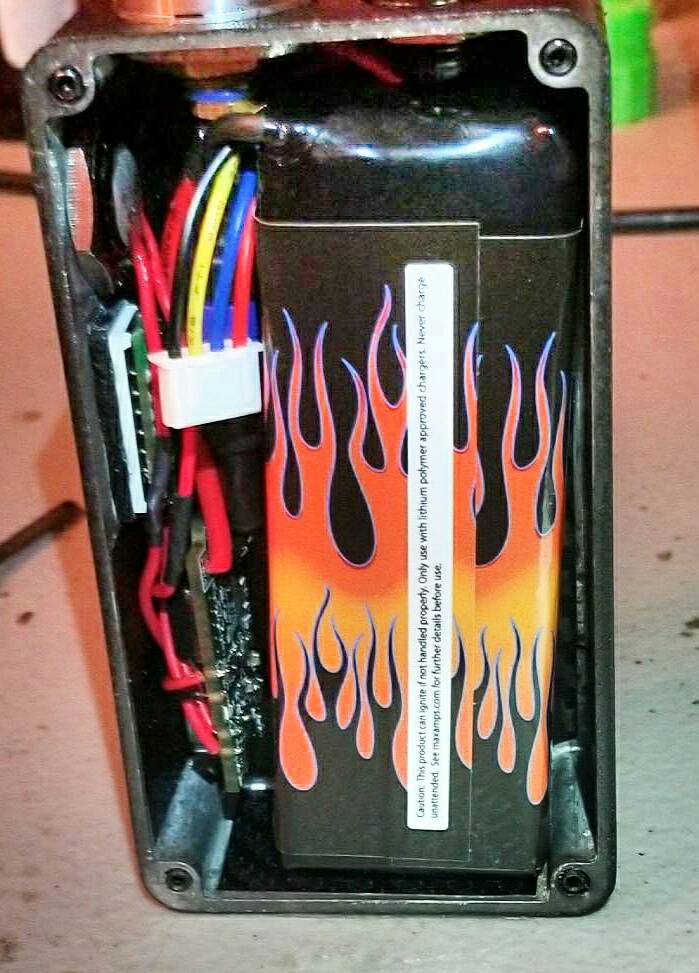

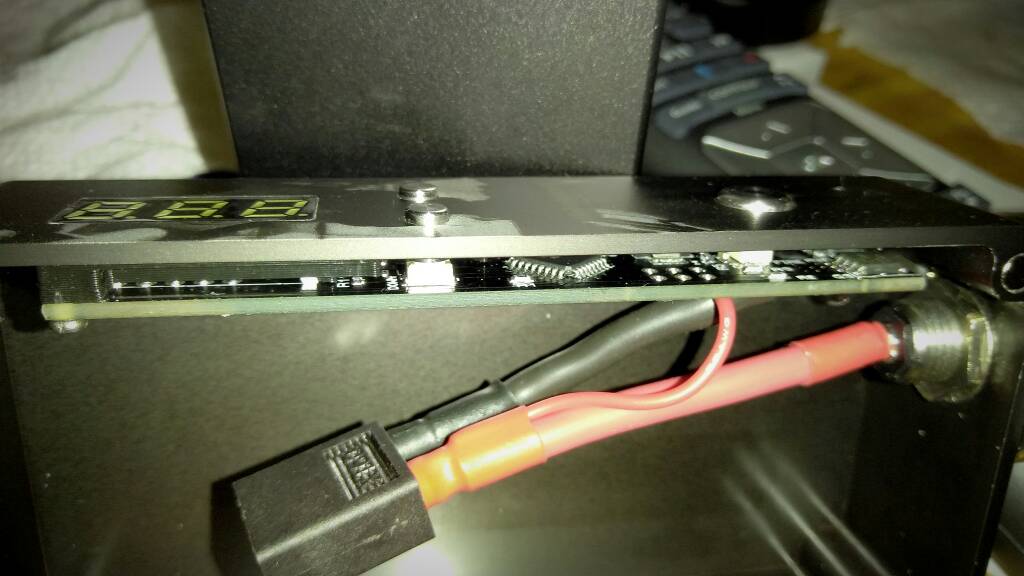
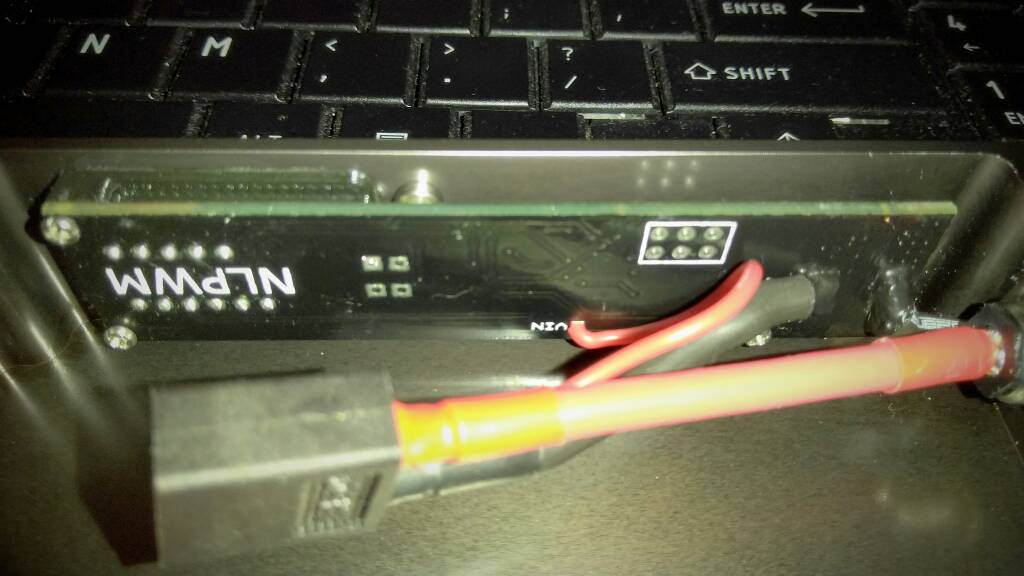

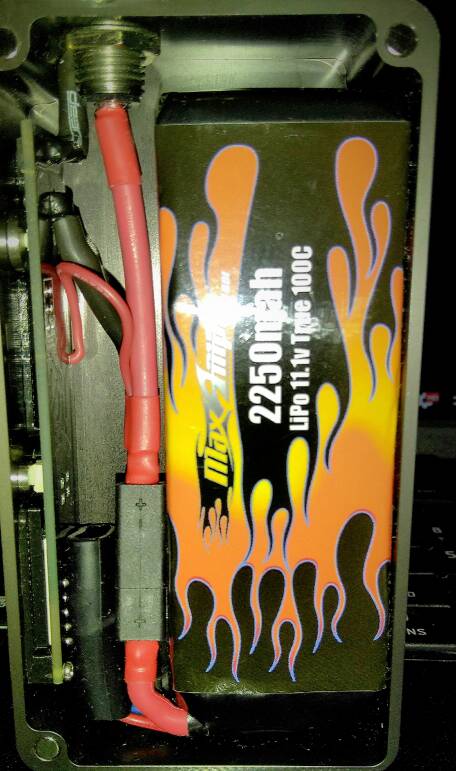
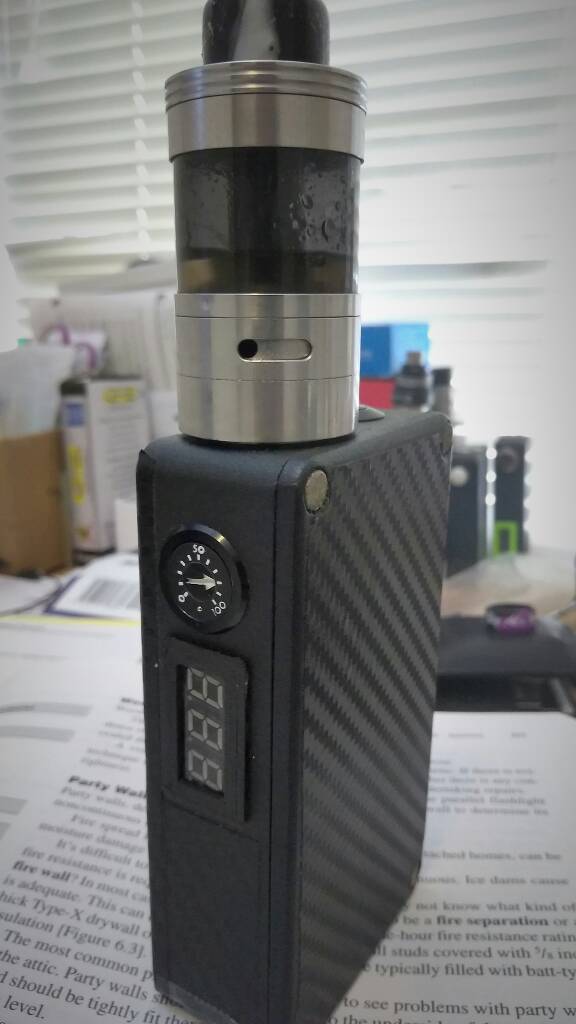
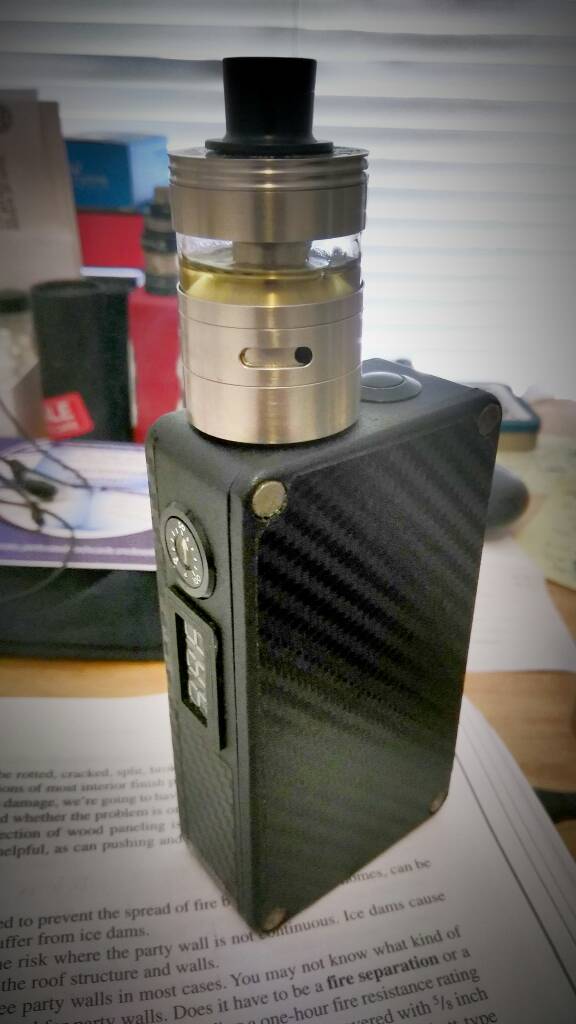
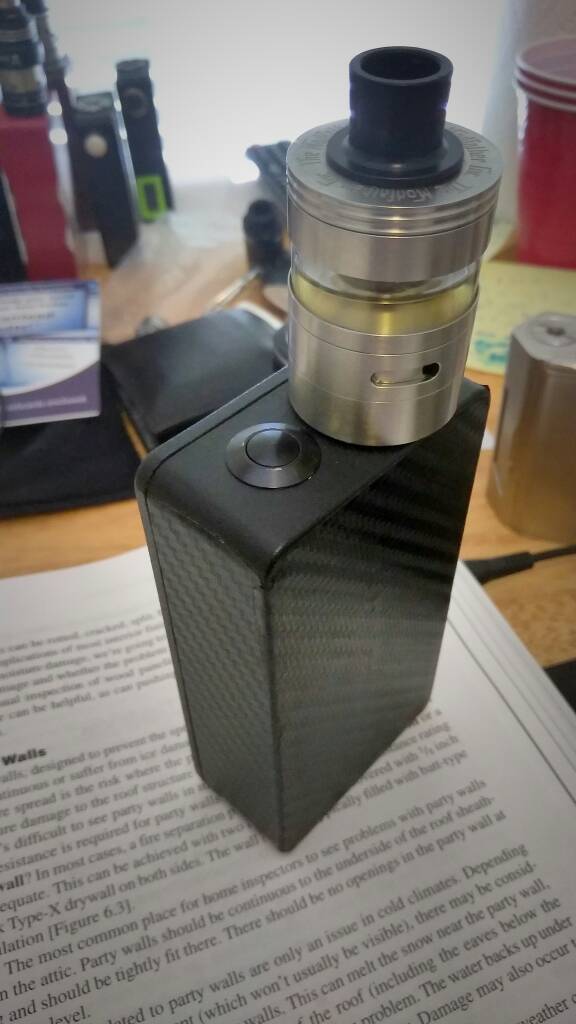
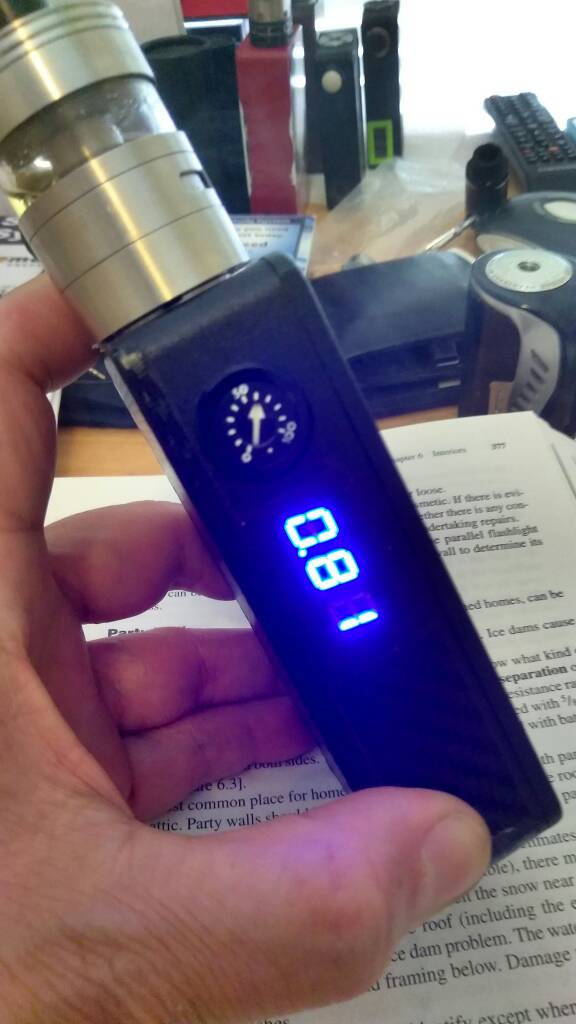
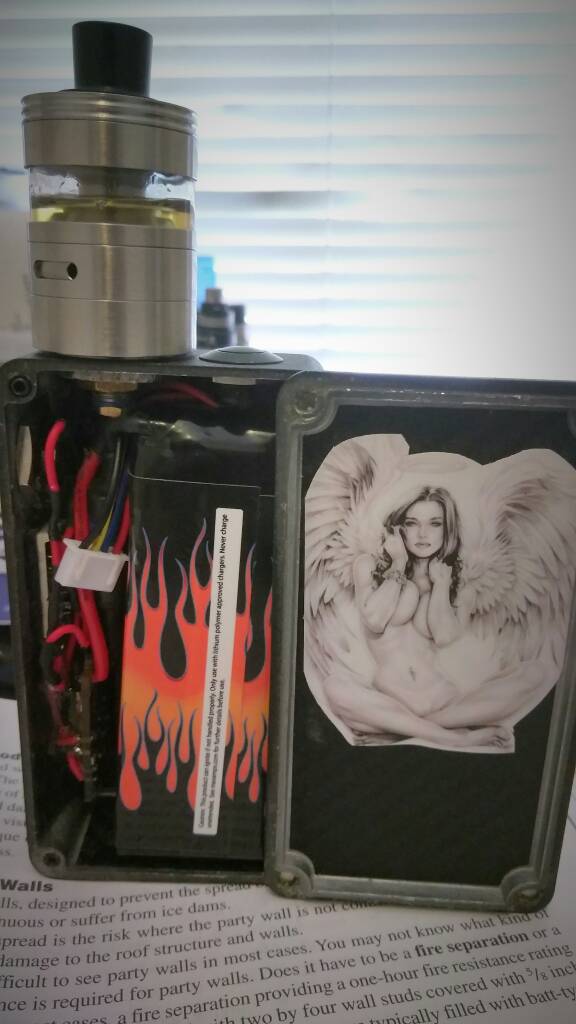
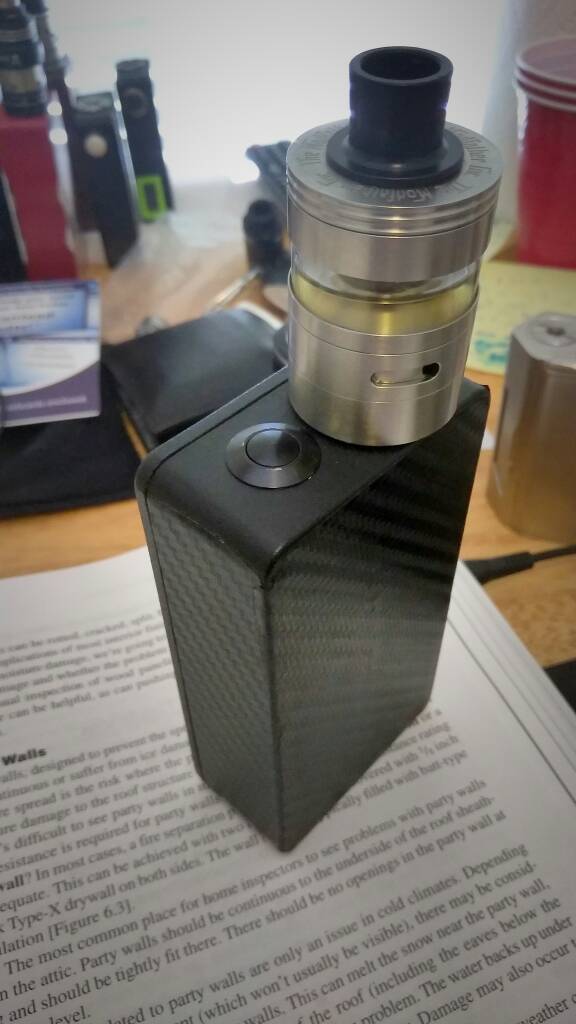
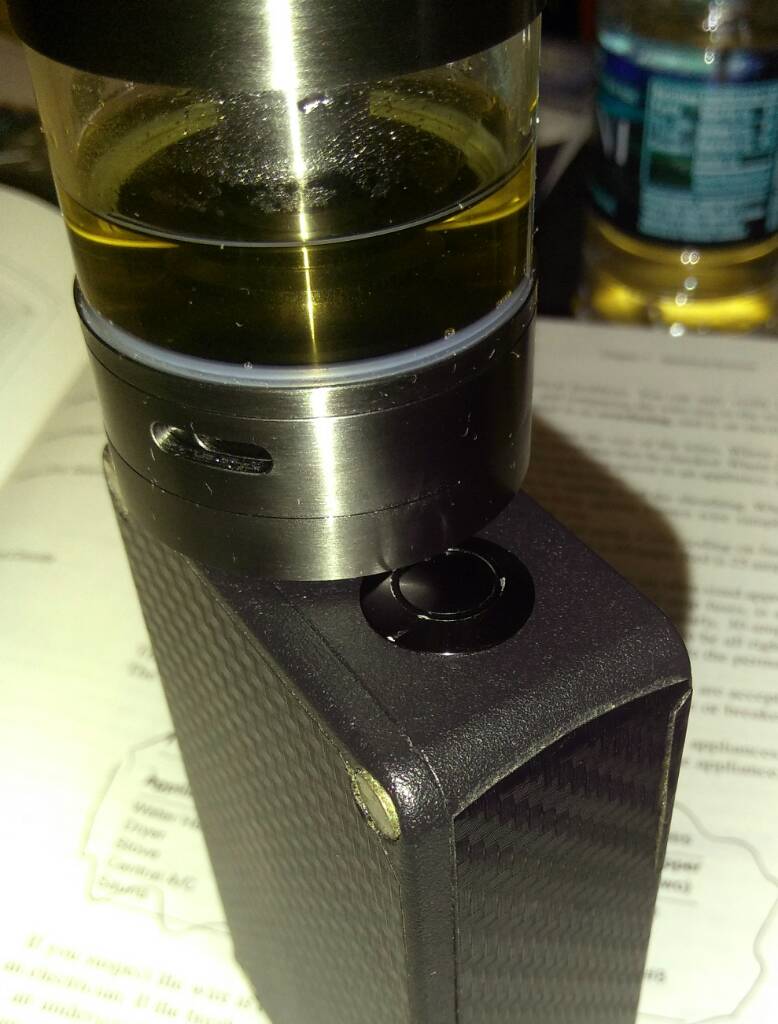
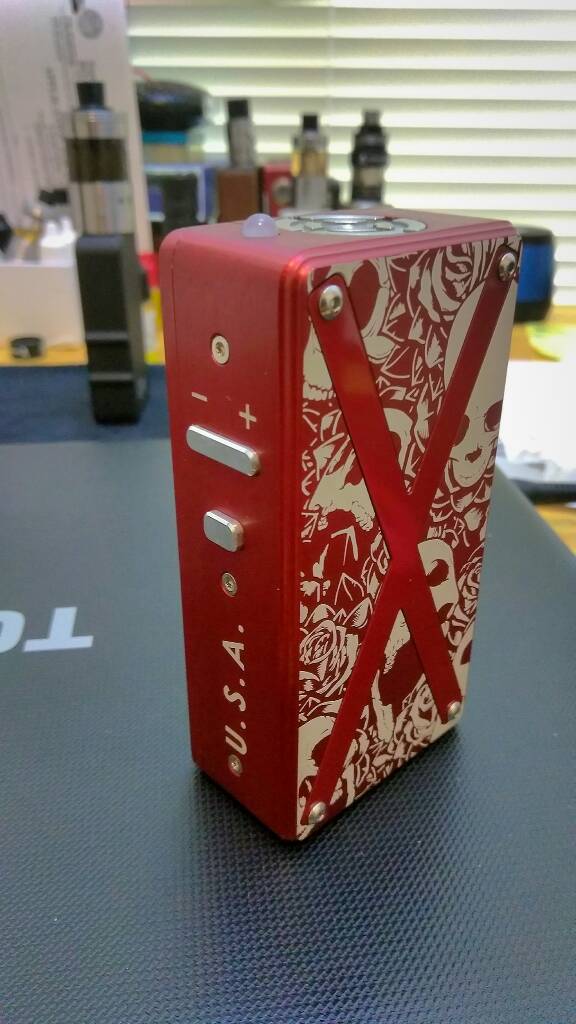
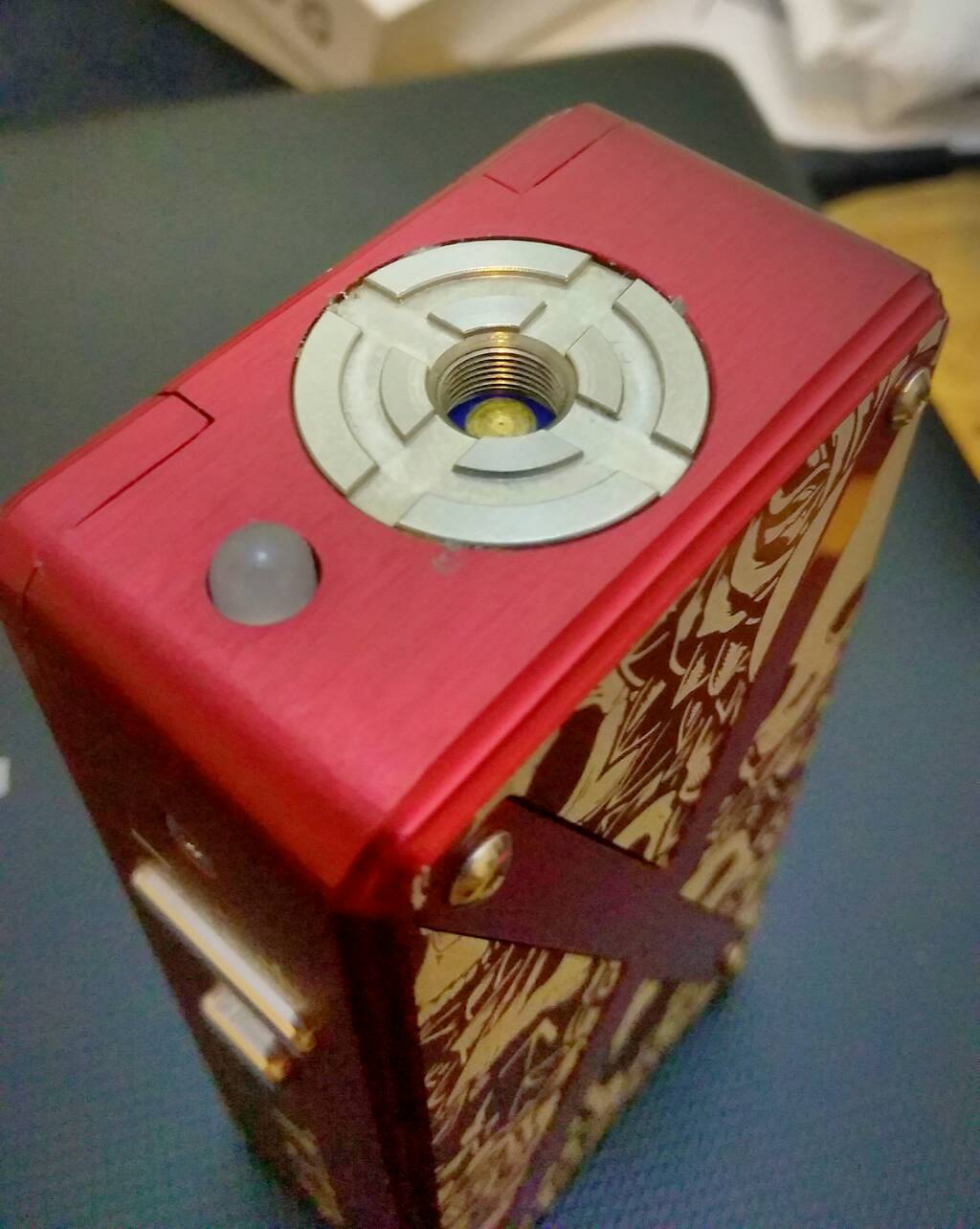
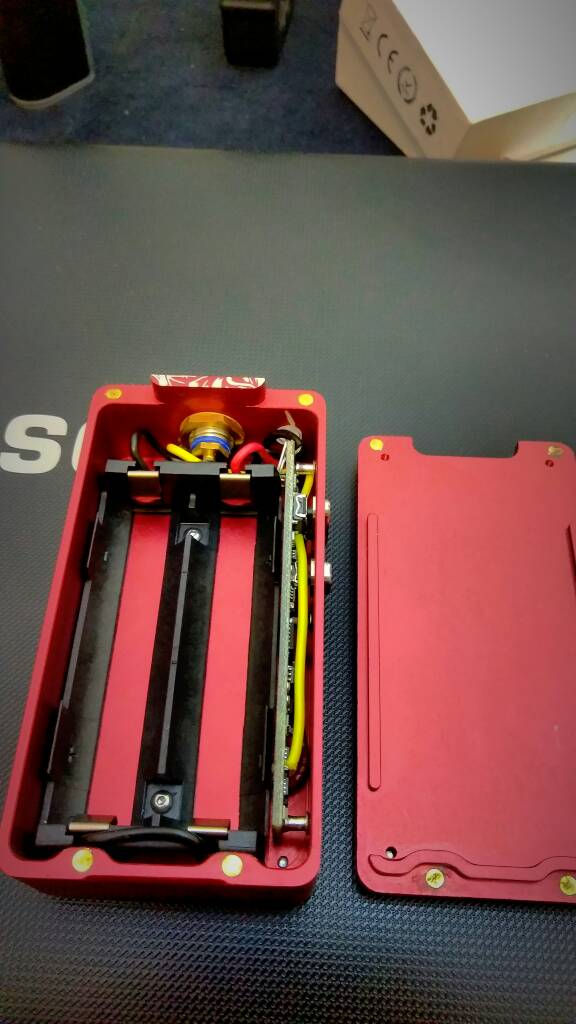
 Thread necro, I love's it...
Thread necro, I love's it... 
